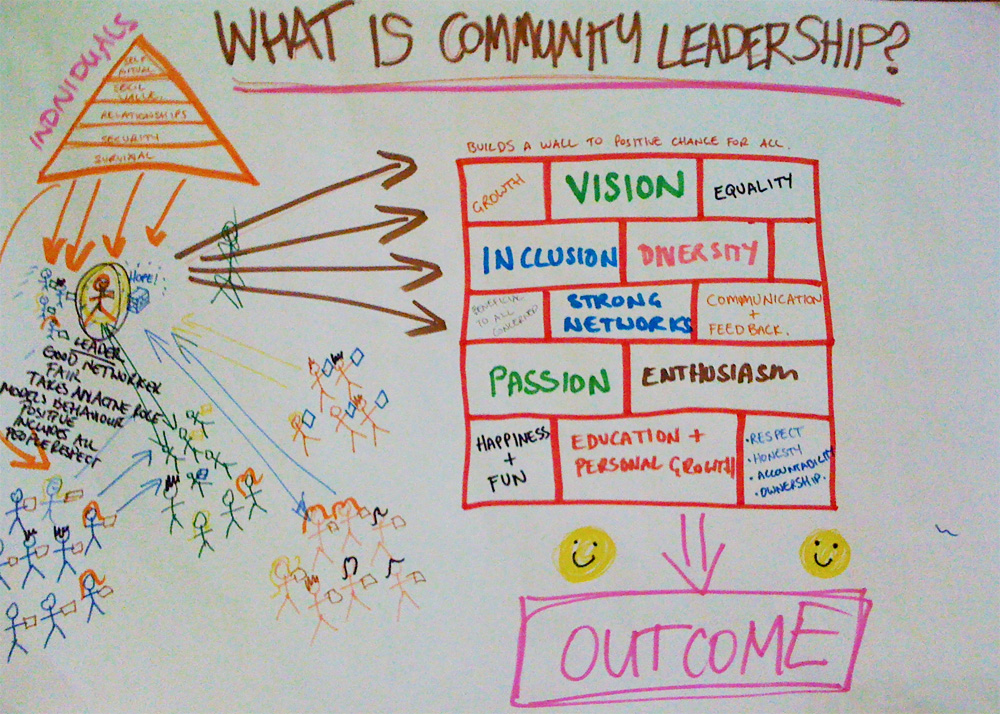
I appreciated Grace Lee Boggs’ point that we need to rethink the concept of leaders, both to recognize that we are leaders and to not mistake leadership as a hierarchy, where one person’s leadership necessitates another’s follower-ship. We tend to uphold “leaders” and “heroes” as Western ideals – individuals who stand above the rest, perpetuating single-centered narratives rather than group or community ones. These narratives feed popular media that centers on one main character and a supporting, supplementary cast, and group and community narratives are unusual. Black Panther, for example, centers on community and culture, rather than an individualist perspective or agenda.
Similarly, a question that I am helping my field agency explore is how to encourage youth civic participation, especially when preparing them to be active and informed voters as adults. A key of this is youth recognizing themselves as leaders while engaging with people. Wernick, Woodford and Kulick talk about the limitations of progressive theater initiatives that encourage LGBTQQ youth participation but not youth autonomy (I like that the article distinguishes between ideas of leaders and “powerholders”). Instead, youth – like those who were interviewed in the Matrix Theater Company – are energized by their relationships with one another, personal agency, decision power, creative freedom, relationships with supportive adults/”powerholders”, social responsiveness, and collective impact.
I also liked thinking about Castells’ point – in addition to identity, recognizing that “social movements are emotional movements” and “a social movement starts with the transformation of emotion into action” (13). It makes sense that theater and media, which are expressive and emotional outlets, can be a powerful mode for social response.
